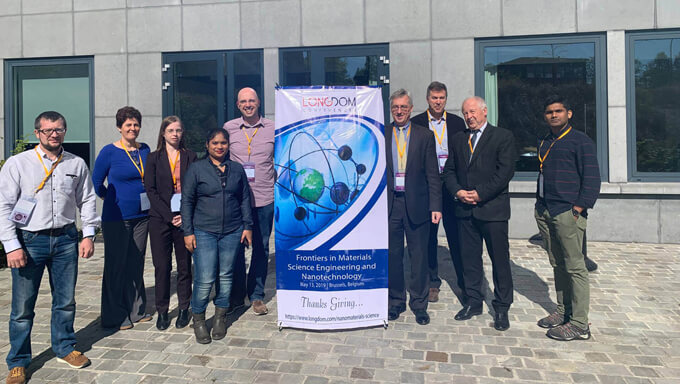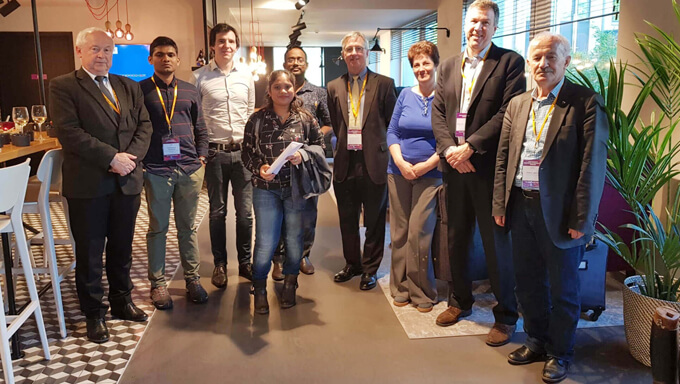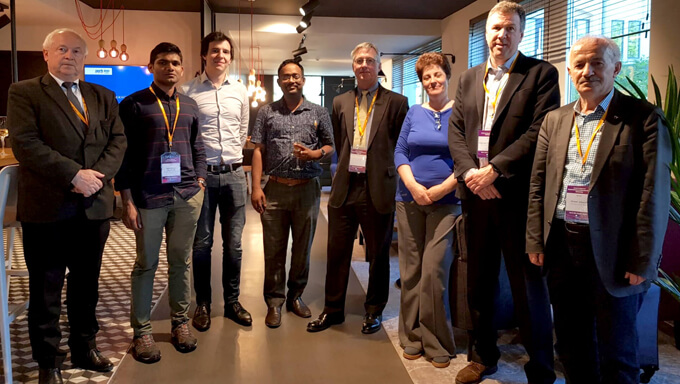







3D printing, or additive manufacturing, is the construction of a three-dimensional object from a CAD model or a digital 3D model. The term "3D printing" can refer to a variety of processes in which material is deposited, joined or solidified under computer control to create a three-dimensional object, with material being added together (such as plastics, liquids or powder grains being fused together), typically layer by layer.
A variety of biomaterials are used in additive manufacturing to form the desired, complex-shaped products with different sizes and stiffness. Polymeric materials are generally preferred because of their easy processability, biodegradability, biocompatibility, and low cost.
A variety of biomaterials are used in additive manufacturing to form the desired, complex-shaped products with different sizes and stiffness. Polymeric materials are generally preferred because of their easy processability, biodegradability, biocompatibility, and low cost.
It is being used to produce numerous fixtures, jigs, gauges and templates, and bringing down costs in the process. 3D printing provides placeholder parts which act as surrogates for training purposes. 3D printing services produce interior aircraft components such as cockpit dashboards and door handles These include tray tables, windows, in-flight entertainment screens and flight deck switches. In the future, airbus' head of AM, hammerschmidt, believes that within the next few years there will be more opportunities to 3D-print metal technologies in the way they're using additive for the A320ceo wingtip fences.
With 3D printing, automotive designers can quickly fabricate a prototype of a physical part or assembly, from a simple interior element to a dashboard or even a scale model of an entire car. Rapid prototyping enables companies to turn ideas into convincing proofs of concept. Engineers at Sauber are able to print parts like front wings, brake ducts, suspension and engine covers much faster and with greater design flexibility than traditional manufacturing would allow. Another example comes from volkswagen motorsport, which used 3D printing for the development of its electric I.D
Additive layer manufacturing (ALM) or Additive Manufacturing (AM) is a modern fabrication process that can use a wide range of materials to create products ranging from medical implants to parts of an aircraft wing. Additive layer manufacturing or ALM is in general the opposite of subtractive manufacturing, where material is removed to reach the desired shape. Instead, additive manufacturing is the process of joining materials to build objects from 3D model data, usually layer after layer.
We let our ground-breaking work and our amazing clients speak for us…… LONGDOM conferences